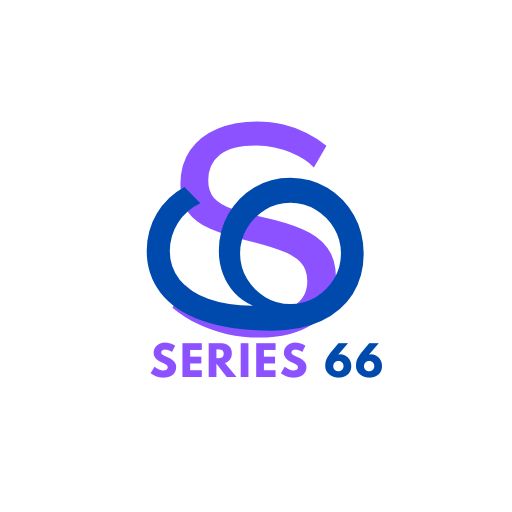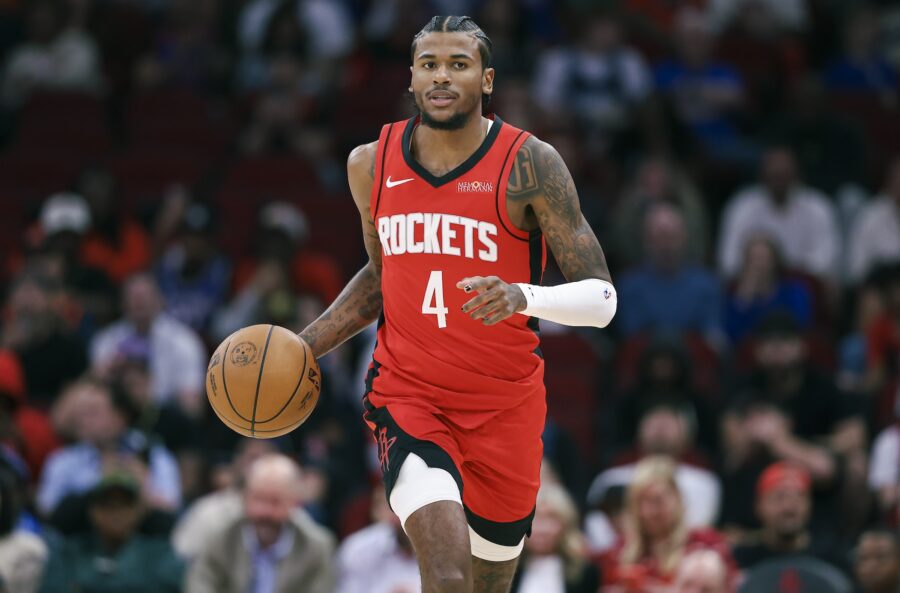The poison pill provision isn’t technically a term defined in the NBA’s Collective Bargaining Agreement. However, the concept of a “poison pill” has colloquially come to refer to a pair of NBA concepts.
The first of those concepts relates to the Gilbert Arenas Provision, which we’ve explained in a separate glossary entry. When a team uses the Arenas provision to sign a restricted free agent with one or two years of NBA experience to an offer sheet, that team can include a massive third-year raise that’s often referred to as a “poison pill,” since it makes it more difficult for the original team to match the offer.
The second meaning of the “poison poll” is the one that has become more common – and more frequently relevant – in recent years. It relates to players who have recently signed rookie scale extensions.
The “poison pill provision” applies when a team extends a player’s rookie scale contract, then trades him before the extension officially takes effect. It’s a rare situation, but it features its own set of rules, since extensions following rookie contracts often create a large gap between a player’s current and future salaries.
For salary-matching purposes, if a player is traded between the time his rookie contract is extended and the following July 1 (when that extension takes effect), the player’s incoming value for the receiving team is the average of his current-year salary and the annual salary in each year of his extension (including option years, but not including unlikely incentives).
His current team, on the other hand, simply treats his current-year salary as the outgoing figure for matching purposes.
Let’s use Rockets guard Jalen Green as an example. Green was extended by Houston last month, but could theoretically still be a trade candidate this season if the right opportunity arises. He’ll earn $12,483,048 in 2024/25, the final year of his rookie scale contract, then $105,333,333 across the next three years as a result of his extension.
If the Rockets decide they want to trade Green this season, the poison pill provision would complicate their efforts.
From Houston’s perspective, Green’s current-year cap hit ($12,483,048) would represent his outgoing salary for matching purposes. However, any team acquiring Green would have to view his incoming value as $29,454,095 — that’s the annual average of the four years and $117,816,381 he has left when accounting for both his current contract and his new extension.
Even after accounting for the more lenient salary-matching rules for teams operating below the first tax apron, the incoming and outgoing salaries in a trade usually have to be roughly in the same ballpark, as we outline in our traded player exception glossary entry. If one side must view Green as a $29.5MM player while the other side considers him a $12.5MM player, filling out a deal with players and salaries that work for both sides would be a challenge.
[RELATED: 11 Players Affected By Poison Pill Provision In 2024/25]
When a player signs a maximum-salary rookie scale extension whose value will be determined by a percentage of the salary cap, a 4.5% cap increase is presumed for the purposes of calculating his average aggregate salary.
Here’s an example. Since this season’s salary cap is $140,588,000, a 4.5% increase would work out to $146,914,460. Pistons guard Cade Cunningham signed a maximum-salary extension that will begin at 25% of that amount with 8% annual raises, which works out to $213,025,967 over five years. Add that figure to Cunningham’s $13,940,809 salary for 2024/25, divide by six years, and you get $37,827,796, which would be considered his incoming salary in the extremely unlikely event that he’s traded this season.
Cunningham’s rookie scale extension could technically be worth up to 30% of next year’s cap if he meets certain performance criteria (e.g. making an All-NBA team), but that isn’t considered in the calculation for the poison pill provision if the performance criteria has not yet been met.
The poison pill provision is one key reason why a team is unlikely to sign a player to a rookie scale extension unless that team is fairly certain it won’t use him in a blockbuster deal before the upcoming trade deadline.
Of course, there are two sides to that coin. The Warriors, for instance, would have an easier time trading Jonathan Kuminga in the coming months than they would if they had extended him prior to opening night, since his incoming and outgoing cap hits are now both $7,636,307 for the rest of 2024/25. But extending Green in October will make it easier for the Rockets to trade him during the 2025 offseason, whereas Kuminga – a restricted free agent – would be trickier to move at that point due to various sign-and-trade restrictions.
Trades involving a player who recently signed a rookie scale extension are already pretty infrequent. Those players are often young building blocks whose career trajectories are promising enough to have warranted a long-term investment. Those aren’t the kind of players teams often trade. The poison poll provision further disincentivizes a deal involving one of those recently extended players by complicating salary-matching rules, making those trades that much rarer.
Note: This is a Hoops Rumors Glossary entry. Our glossary posts will explain specific rules relating to trades, free agency, or other aspects of the NBA’s Collective Bargaining Agreement. Larry Coon’s Salary Cap FAQ was used in the creation of this post.
Earlier versions of this post were published in previous years.





